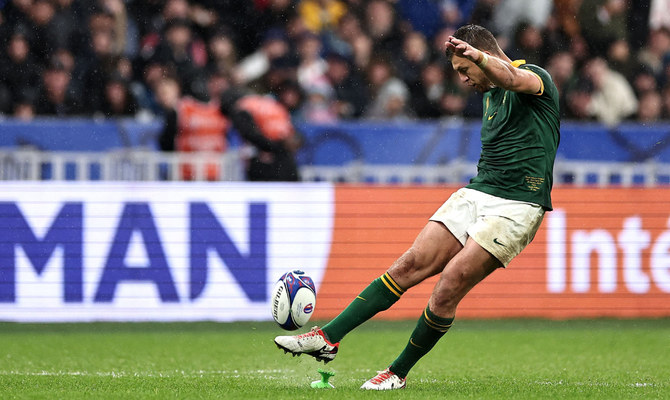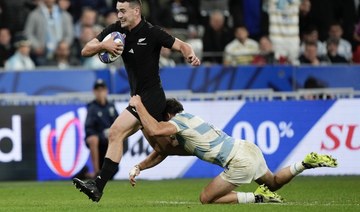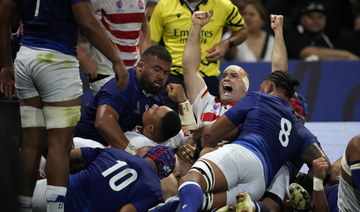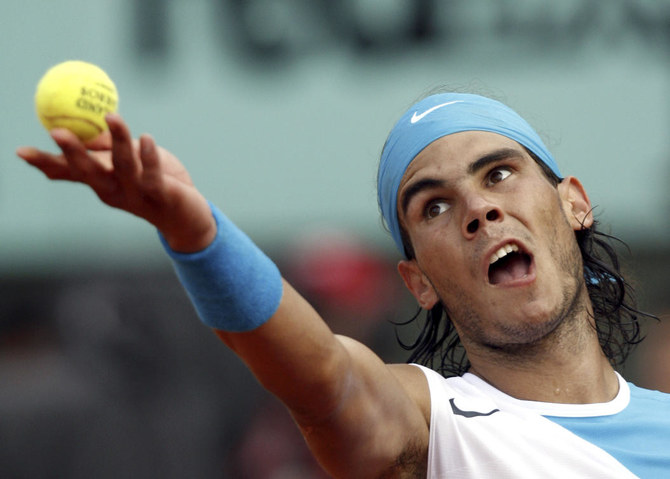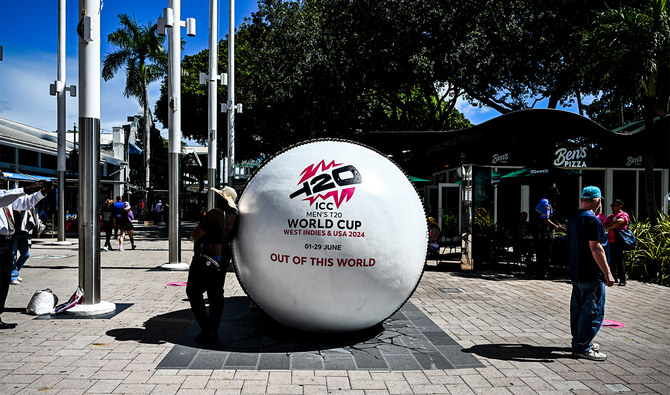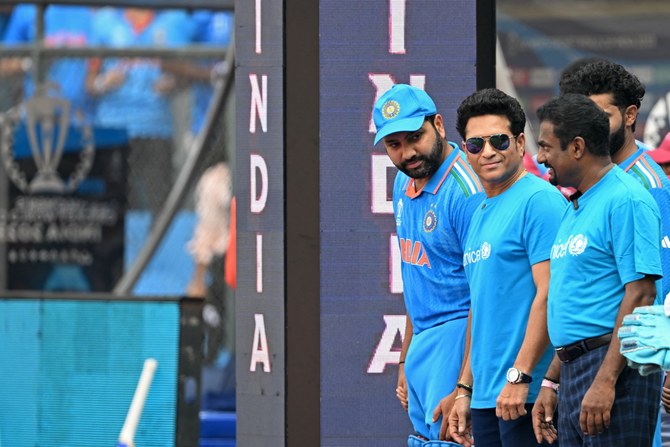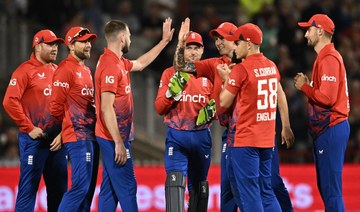PARIS: Replacement flyhalf Handre Pollard kicked a last-gasp penalty as South Africa somehow found a way to get past a dominant England on Saturday and claim a 16-15 victory that sent them into a World Cup final against fellow triple champions New Zealand.
The defending champions looked on the verge of defeat as England’s kicking game kept them pegged back in their own half on a rainy Paris night and earned a 15-6 lead, But they hit back with a try by RG Snyman before replacement Pollard landed a penalty from almost on the halfway line to snatch victory.
It was a second successive single-point victory for the Springboks after they beat France 29-28 and means the two superpowers of the sport will meet in the final for the second time, after South Africa triumphed on home soil in 1995 in their first appearance at the tournament.
“It was really ugly but that is what champions are made of,” said Springbok captain Siya Kolisi.
“Credit to England. They were written off before the World Cup but pulled themselves together and showed who they are. They are not a team you take lightly but to my team, we found a way to fight back into the game.”
For most of Saturday’s match, it looked as if it would be the 2019 runners-up returning to the final. Coach Steve Borthwick had promised he had a plan to unsettle the world champions but there was nothing radical about their approach as they kicked relentlessly in the rain and outplayed the Springboks in the air.
That early control earned Owen Farrell two penalty opportunities, both of which he slotted for a 6-0 lead.
Manie Libbok landed one for the Springboks but looked off the pace and was replaced by Pollard after 31 minutes, who soon landed a penalty.
England, however, maintained their disciplined approach, gaining ground from their deep kicking, and another Farrell penalty gave them a deserved 12-6 halftime lead.
England, widely written off and 5-1 outsiders despite winning five successive games from the easier side of the draw, stretched their lead to 15-6 with a brilliant 47-meter Farrell drop goal and an upset looked likely.
HEAVY PRICE
With half an hour to go all the South African replacements were on as their coaches desperately sought to find a foothold, though England were to pay a heavy price for their failure to turn their dominance into any more points.
Since beating South Africa in the pool stage in 2003, England have now lost five successive World Cup games against them and not managed a single try, but even another penalty might have made the difference on Saturday.
The Springboks had barely been out of their half before a superb touchfinder by Pollard enabled Snyman to charge over for the only try of the match.
Pollard converted to close to within two points 10 minutes from time but it was still England making most of the running until they conceded a scrum penalty with three minutes to go.
Pollard, called up to the squad midway through the tournament to replace injured hooker Malcolm Marx, duly slotted it with minimum of fuss.
It was the first time South Africa had led and they defended England’s final assaults strongly until a knock-on ended the challenge.
“We came here believing we would win and the players deserve enormous credit for that,” said Borthwick.
“We have a very smart group of players that are learning very quickly because we have had to do it very quickly. The opposition have had four years and we have had four months. That is why the players deserve enormous credit.”



